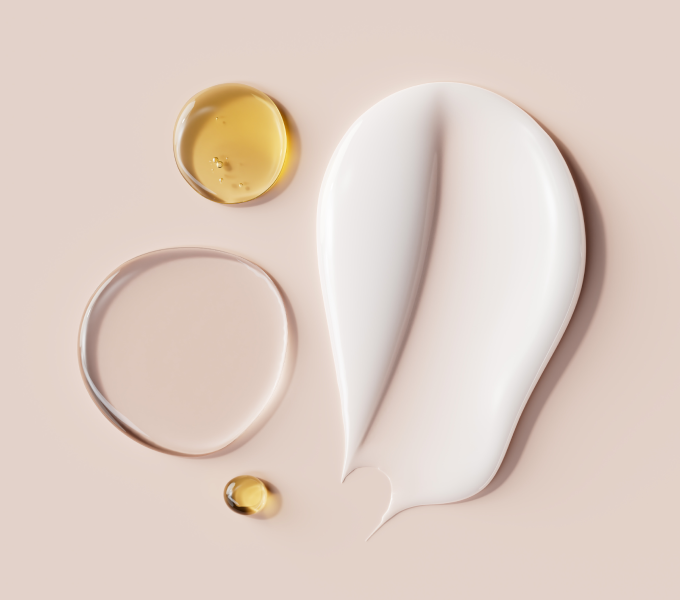
Discover the Hidden Parts of Your Clitoris
You probably know exactly where your clitoris is located and how you like it to be touched, but there’s so much more to learn about this erogenous organ.
A few little-known facts about the clitoris:
- The majority of the clitoris is located inside of the body.
- The internal structure of the clitoris is shaped like a wishbone.
- There are 10,000 nerve fibers in the clitoris (the penis has 1/2 as many).
- Clitoral sensations create a ripple effect that can spread throughout the pelvis.
- The clitoris has erectile tissue that (like a penis) becomes engorged with arousal.
- The clitoris is the only organ that has no function other than pleasure.
The majority of your clitoris sits deep in the pelvic floor area, which is why your pelvic floor can impact your ability to have a satisfying orgasm. Let’s take a tour.

1. Glans
Like the tip of an iceberg, the only visible portion of the clitoris is the glans. This bean-shaped structure sits near the top of your vulva, just below the pubic bone and above your urethral opening.
The glans has more nerve endings than anywhere else in the clitoris and is therefore the most sensitive area of the clitoris. In fact, it’s so sensitive that it needs a hood to shield it.
2. Prepuce / Clitoral Hood
Otherwise known as the clitoral hood, the prepuce is the skin that covers the glans of the clitoris. It connects on the right and left sides of the glans at the labia minora (the thin, inner labia), and acts like a shield of sorts to protect the ultrasensitive glans.
3. Clitoral Body
Made mostly of spongy erectile tissue, the clitoral body extends from the glans of the clitoris and attaches to the pubic bone underneath your superficial pelvic floor muscles.
This spongy tissue (aka the corpora cavernosa) — the same kind of tissue that’s in the shaft of a penis — is designed to fill with blood, priming nerves for all of the sensations that are in store.
The clitoral body is anchored to the pubic bone via a ligament which extends on to the labia majora, snuggly anchoring the clitoris perfectly into place for all the tactile pleasure that it can handle, but also allowing it to move and become engorged during arousal.
4. Crura / Legs of the Clitoris
The clitoral body splits to form the right and left crura of the clitoris. The crura are also mostly made of erectile tissue for optimal engorgement as well, but are slightly less sensitive than the clitoral glans, with fewer nerve endings.
The crura are still very sensitive — which is good because they sit underneath the labia and superficial pelvic floor muscles, running around the sides of the vagina and urethra. This makes them perfectly positioned to be stimulated during penetration.
5. Root
The root of the clitoris connects the body to the crura. The root sits pretty superficially near the urethral opening and, due to its high sensitivity, responds really well to tactile stimulation.
6. Bulbs
Also known as vestibular bulbs, there’s some debate as to whether or not these paired bulbs are actually part of the clitoris. But either way, the bulbs are snuggled between the crura, clitoral body, and the urethra.
The bulbs are composed of erectile tissue, so can become engorged and possibly even help activate the rest of the clitoris.




